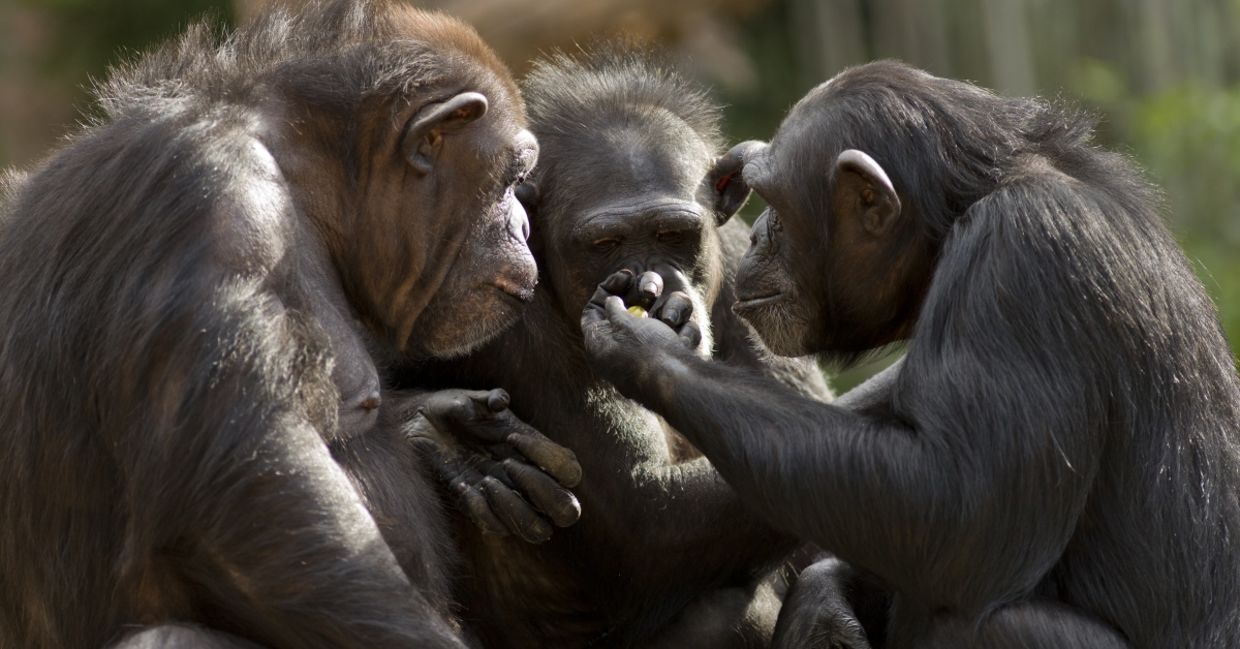
(Patrick Rolands / Shutterstock.com)
The world is full of the sounds of animals communicating with each other: birds singing, crickets chirping, whales singing songs in the deep. Until now, other than in children’s books, animal language has been a mystery to humanity. But now, all that may change.
As AI technology and machine learning develop into new fields and areas, scientists are using it to decode animal language, and perhaps even make it possible for humans and animals to finally talk to each other, according to TIME.
Animals Large and Small
More than 50 years ago Roger and Katy Payne recorded the beautiful haunting songs of humpback whales and shared them with the world. Not only did the realization that whales communicate in such melodious ways help save a number of whale species from extinction, it also opened up a whole new field of study: whale communications.
As the field advanced, so did technology. AI and machine learning developed into tools that could be used in a number of fields, including animal communications. Using these tools, researchers have not only learned about the language of humpback whales, but also sperm whales, elephants, and even moths.
Scientific American reports that there is the Earth Species Project: a team of AI scientists, biologists, and conservationists who are building a machine-learning model that uses data from a wide-range of animals to decode their behavior and vocalizations.
In addition, there are projects that focus on only one particular species such as the Project Cetacean Translation Initiative (CETI) which hopes to translate the language of sperm whales using AI.
New Field
According to TIME, the idea that animals may communicate using what humans understand as a developed language, or even a non-developed language has led to the evolution of a new legal field that seeks to understand the ethical and legal implications of understanding animal language.
For instance, the More-Than-Human Life Program (MOTH), is using research from CETI, re: the finding that the social and smart sperm whale communicate with linguistic complexity to strengthen legal protections for animals and even creating new rights for them and their cetacean relatives.
It may be exciting to think of being able to experience the world like the fictional Dr. Doolittle. However, it is important to remember that the effort to understand animal language should not be used primarily for human entertainment, but rather to better understand the animal world and the ways in which it can be protected. Even more so, it should be used as an opportunity to develop more empathy for the animals humanity shares the planet with.
YOU MIGHT ALSO LIKE:
Can Chimps Speak Human Words?
Elephants Call Each Other by Name
Bottlenose Dolphin Moms Speak to Their Calves in Baby Talk







